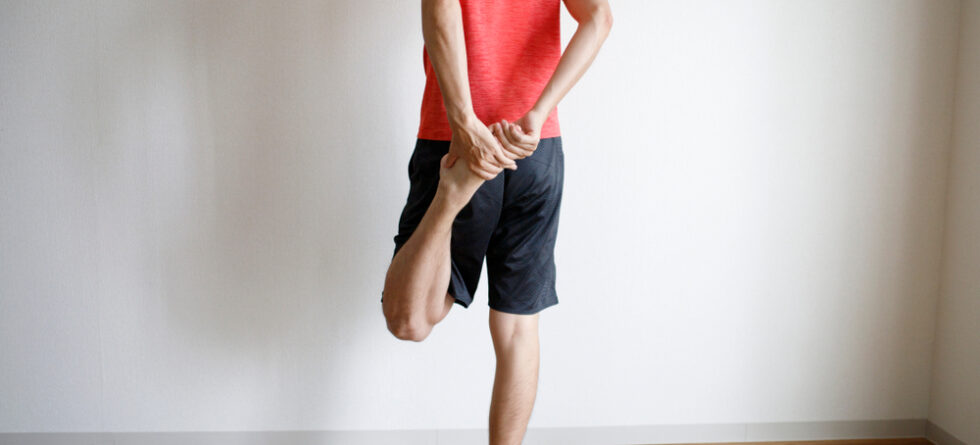Gymnasts often experience cracking or popping sounds in their bones or joints, a phenomenon that is not exclusive to athletes but may be more noticeable in them due to the nature of their sport.
This occurrence can be attributed to several factors…
- Repetitive Movements and High-Impact Strain – Gymnastics involves repetitive and high-impact movements that put a lot of strain on the joints. Over time, this can lead to increased flexibility and laxity in the ligaments, which might result in more frequent cracking sounds.
- Synovial Fluid Gas Release – Joints are surrounded by synovial fluid, which acts as a lubricant. This fluid contains gases like oxygen, nitrogen, and carbon dioxide. When a joint moves or is stretched, these gases can form bubbles and eventually collapse or burst, creating a popping or cracking sound. This is a normal process known as cavitation.
- Tendon or Ligament Movement – Sometimes, the tendons or ligaments may slightly move out of place as the joint moves, and then quickly snap back into their original position, causing a cracking sound.
- Articular Surface Movement – The surfaces of the bones in a joint may have slight irregularities, and as the joint moves, these surfaces may make noise as they glide over each other.
- Increased Flexibility – Gymnasts often have increased flexibility and a greater range of motion in their joints. This can lead to more frequent and easier occurrences of joint cracking or popping, as their joints can move further and in different ways compared to non-athletes.
Occasional joint cracking is typically normal and not a cause for concern. However, if the cracking is accompanied by pain, swelling, or discomfort, it may indicate an underlying issue such as a joint injury or inflammation, and should be evaluated by a healthcare professional.
For gymnasts, proper warm-up routines, stretching exercises, and using correct techniques can help minimize excessive joint stress and potential discomfort associated with joint cracking. Regular rest and recovery are also essential in preventing overuse injuries.



